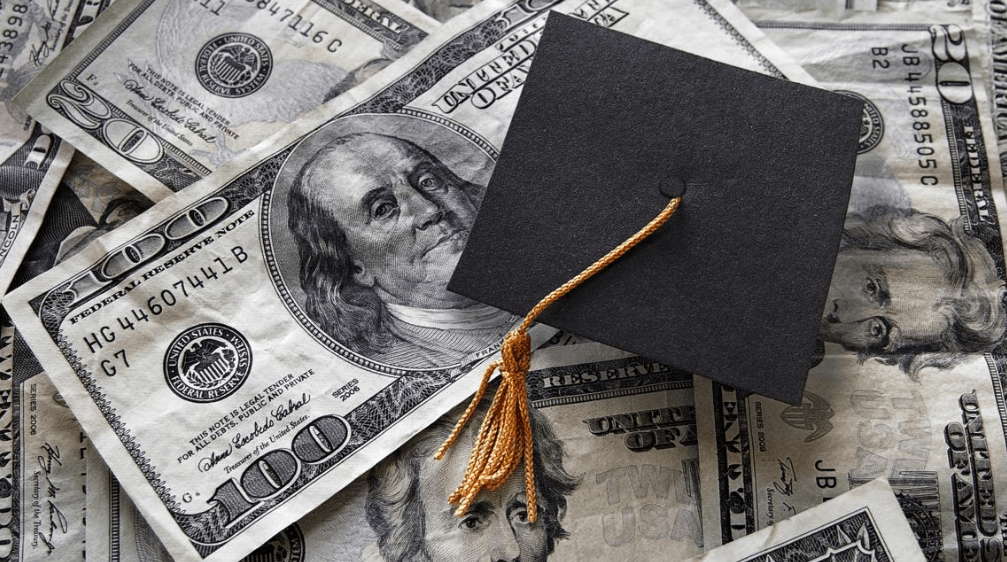Attention all borrowers drowning in student loan debt: The moment we’ve been waiting for has finally arrived! Prepare to grab your favorite snack, sit back and relax because the latest breaking news on student loan forgiveness update and changes will blow your mind. From new executive orders to revamped policies, significant developments are happening in the world of higher education finance that could impact your financial future for years to come.
Student Loan Forgiveness Update
Are you thinking about student loan forgiveness update? There are a lot of changes going on in the world of student loan forgiveness, so it’s important to be aware of what’s happening before making a decision.
First, let’s start with the basics. If you’re represented by an educational loan servicer (like Sallie Mae or Navient), then your loans are eligible for various types of forgiveness programs. The most common type of forgiveness is “partial” or “full” discharge, which simply means that you no longer have to pay back any of the debt associated with the forgiven loan.
There are some big changes happening in the world of student loan forgiveness, and it’s important to be aware of what’s happening before making a decision. For example, starting next year borrowers will only be able to pursue full discharge on undergraduate loans discharged within ten years of taking out the loans.
On top of that, there are new options being added all the time – so it’s always worth checking your servicer website or contacting customer service if you have any questions about your eligibility or options.
Changes to the Student Loan Forgiveness Process
The Obama-era rule that allowed borrowers to have their federal student loans forgiven after 10 years of payments has been repealed by the Trump administration.
Borrowers who were relying on this student loan forgiveness program should not be too worried though, as there are still some options available to them if they need it.
Another change is that the government will only forgive debt if you have income sufficient to cover all of your monthly payments. Before, any amount of income could qualify you for forgiveness.
If you are having trouble paying your student loans, there are a few things you can do to try and get relief from collectors or the government. You may also be able to receive partial or total student loan forgiveness depending on your circumstances.
The Application Process
The process of student loan forgiveness has undergone some significant changes in recent years, and there is still much about it that students don’t know. Here are the latest updates:
1. Eligibility Requirements for Loan Forgiveness have Changed
in order to be eligible for student loan forgiveness, borrowers must meet certain stringent requirements. Borrowers must have made 120 qualifying monthly payments on their federal loans (not including any subsidized Stafford loans) while attending an eligible college or university.
2. The Amount of Debt That Can Be Forgiveness ed has Increased
The current maximum amount that can be forgiven is $57,500 per year for Direct Subsidized Stafford loans and $65,000 per year for Direct Unsubsidized Stafford loans. This limit will increase incrementally over time – by 2018 it will grow to $74,000 per year for Direct Subsidized Stafford loans and $90,000 per year for Direct Unsubsidized Stafford loans.
How to Apply for Student Loan Forgiveness
Student loan forgiveness is a great way to reduce your indebtedness and make more money available for other needs. Here are the basics:
-There are different types of student loan forgiveness programs, so be sure to research which one may be best for you.
-You may need to submit paperwork and/or meet certain eligibility requirements.
-Remember that student loan forgiveness is not automatic – you will need to work hard to get approved.
If you’re interested in student loan forgiveness, it’s important to do your research first. There are many different programs out there, and each one has its own specific requirements and deadlines. In order to qualify, you may need to submit paperwork confirming your income, indebtedness, and other relevant information. Keep in mind that student loan forgiveness is not always automatic – you’ll have to apply and wait until your loan is forgiven before any money actually comes your way. Read more…
Conclusion
It’s been a long time coming, but student loan forgiveness update is finally on the horizon! Here are the latest updates and changes to lender requirements that will impact student loan forgiveness eligibility. Keep an eye out for these changes so you don’t miss your chance to have your debt canceled.

